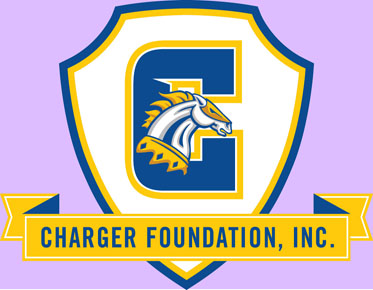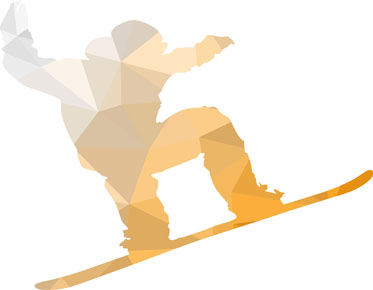The Raster to Vector Conversion: What it Is and Why it is Necessary Before Printing?
If you are considering expanding your graphic design knowledge and trying to figure out the distinction between a graphic designer and an embroiderydigitizer, you've arrived at the right place. Here's a look at some of the key differences among these occupations.
What are raster graphics?
Also referred to as bitmaps, raster images
consist of pixels of colors that create an image altogether It's more like a
pointillist painting consisting of individually colored paint dots.
The individual dot appears just like a
colored point but turns into a detailed painting when combined with multiple
dots. The same is the case with pixels in a raster image. Thus, a raster image
shows rich details and enables users to carry out pixel-by-pixel editing. These
images can be ideal if you wish to create digital paintings using GIMP or
Photoshop programs.
Raster images present complex, multi-colored visuals. Raster image files can be optimized for web usage and compressed for storage as well. Digital cameras create images only in this format. They can be in PNG, GIF, or JPG form.
The quality of such images relies on the overall dimensions of the image and the number of pixels-per-inch. Images with greater PPI and dimensional measurements are of high quality. When it comes to printing projects, images need to be of at least 300ppi.
Why convert images to vectors?
If you have a blurry image, artwork, or logo, raster to vector conversion is absolutely necessary.
Vector images can be resized (larger or
smaller) infinitely, without impacting the image quality. No matter if you
increase or decrease the size, printouts will be just as precise. And
unfortunately, this is not the case with raster images, as they lose their
quality if enlarged.
Vector images are the only option for sign jobs as signs are large, and vector images enable artist to create better quality images despite the increase in size.
Infinitely scalable
Vector images are infinitely scalable. Put simply; you can turn a vector graphic small or large without worrying about losing quality while doing so. And that the reason they are used the most by digitizers. Artist and designers working on a raster image need to work on missing colors and fill gaps in the missing colors after enlarging the image. On the other hand, there's no such guesswork involved in vector graphics, no need to fill any gaps. Thus, logos are often saved in vector format to be digitized or printed (billboards or posters) in any required size, shape.
Editing
flexibility
Designs created with Photoshop can consist of multiple layers. If you save such data as a raster file (JPG or PNG), it gets flattened as layers are merged into one. It becomes challenging to get those layers back and edit them. On the other hand, a vector file saves layers as per their original shape. They can be recovered at a later stage using Adobe Illustrator.
Handling the conversion
As there are various methods for raster to vector format conversion, these processes vary dramatically. No software can offer 100 percent accurate conversion. A simple online Jpeg to SVG converter may not prove helpful. The crucial aspect is that only highly experienced professionals can convert a raster image into a vector one. Thus, human intervention is vital for high-quality format output
Vectors Artwork offers raster image to vector conversion services at highly
affordable prices. We have a team of experts who can convert any raster image
into vector format for you. Our services are available for individuals, small
businesses or large enterprises. Please email us your requirements to us and we
will get back to you soon with a quote - http://www. eagledigitizing.com/



